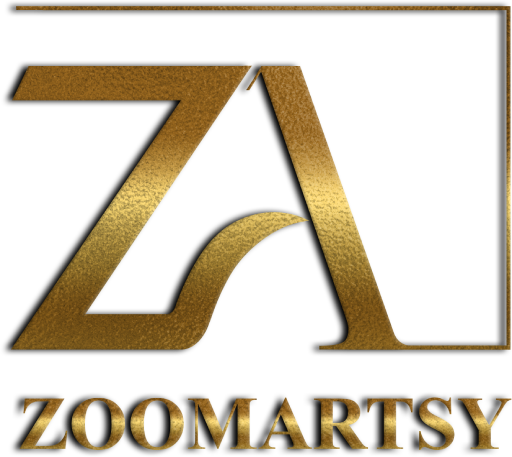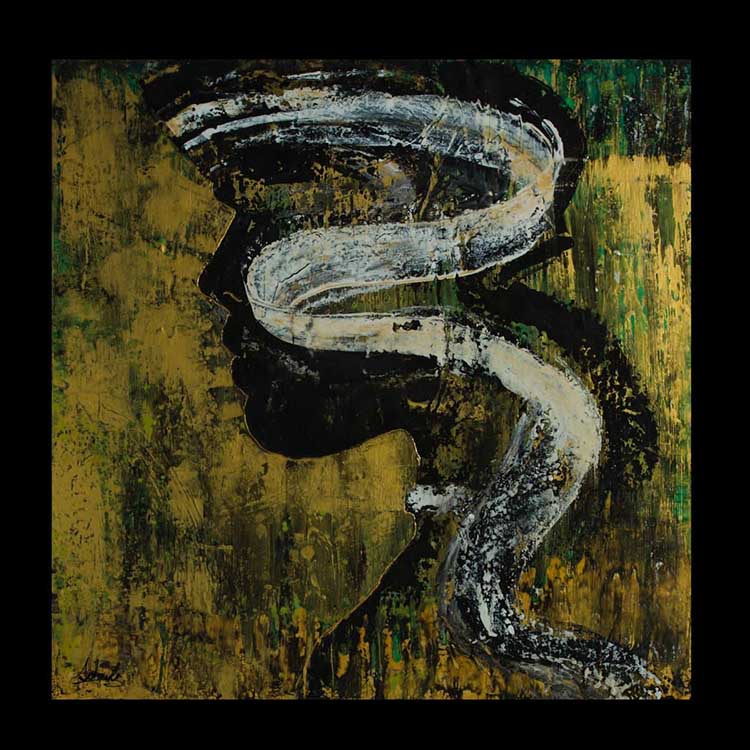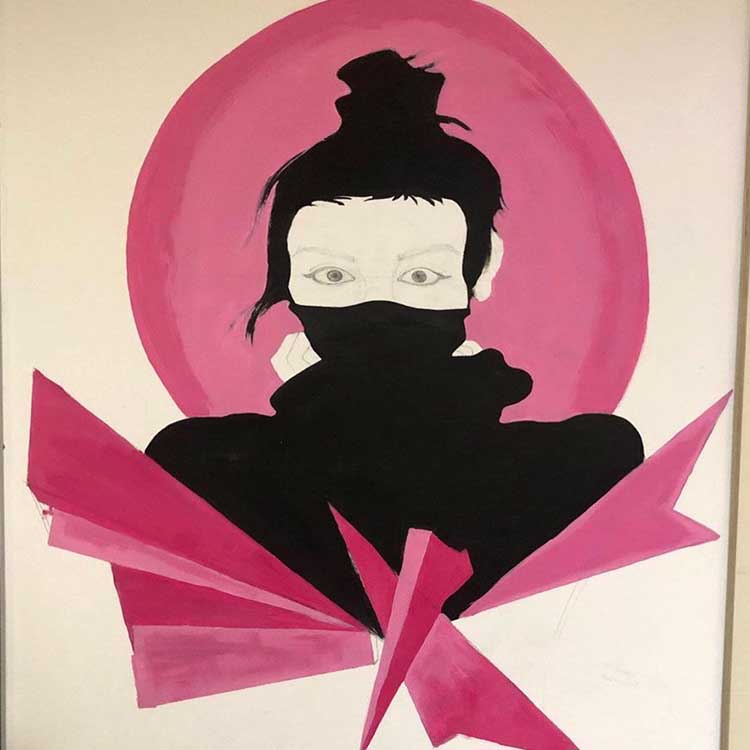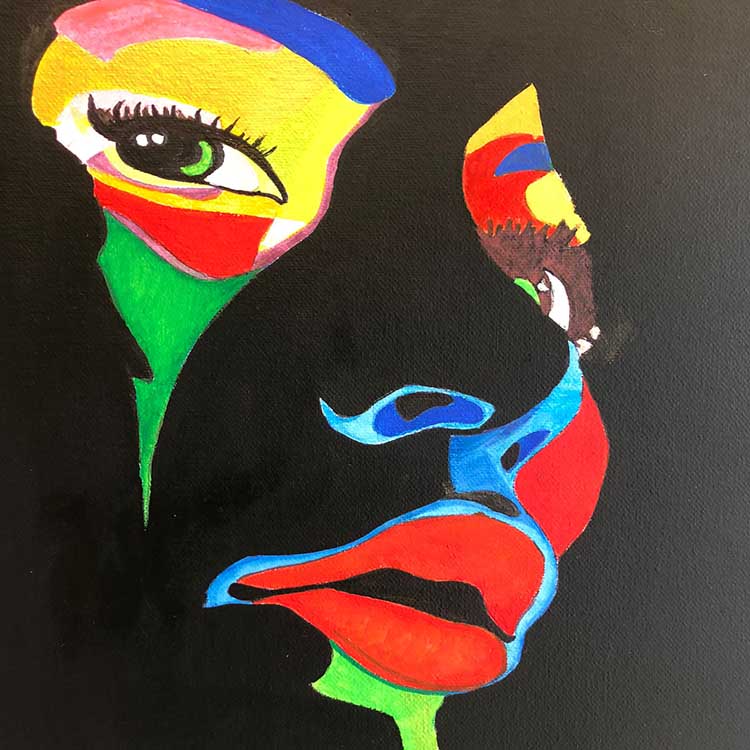In this article, we want to talk about History,Styles And Definition of Abstract Art . Join us
Abstract art (Original Abstract Painting) , also called non-objective art or non-representational art, is painting, sculpture, or graphic art in which depicting things from the visible world has little or no role.
Definition of Abstract Art

Abstraction literally means the distancing of an idea from objective referents. That means, in the visual arts, pulling a depiction away from any literal, representational reference points. You can also call abstract art nonrepresentational art.
Abstract art is about exploring form and color. One could even venture to say that it is artists drawing how they feel. Abstract art isn’t about making perfect copies of real life. Sometimes, it isn’t even about giving the impression of real life without all the little details. In fact, depending on the artists, abstract art became about the process itself. Representational would mean that you draw what you see. Abstract art is far from that concept.
History and Styles of Abstract Art

Stylistically, abstract art included the movements of Surrealism, Dadaism, Cubism, and Fauvism. Other abstract art forms include Suprematism, Art Informel, Neo-Plasticism, and De Stijl. Included in the collection of famous artists favoring the abstract are Pablo Picasso, Piet Mondrian, Wassily Kandinsky, and many more.
The roots of abstract painting, though, can be found with Post-Impressionism. Post-Impressionism was an art movement developed in France just before the turn of the 20th century. In these early days, you might be able to make out a picture of a person, but up close it might have been constructed of planes and angles. For example, Georges Seurat created abstract art with a technique called pointillism. Pointillism is using dots to create people and places.
Wassily Kandinsky, of Russian descent, lived in Germany during the Bauhaus movement. He was one of the pioneers of abstract art using form and color in his paintings.
Vincent van Gogh, another French artist, is an example of Post-Impressionism. He focused more on color and light in his works, giving the impression of light dancing on the fields and meadows he drew.
Pablo Picasso, a famous Spanish artist from the 20th Century, started his career painting representational pieces. In around 1910, he developed Cubism, which is the drawing of planes and angles that vaguely looked like the people he was drawing, but looked more like geometry.
Man Ray was one of the famous Surrealist artists. Surrealism was a movement that included visual arts and writing that developed in the 1920s.




